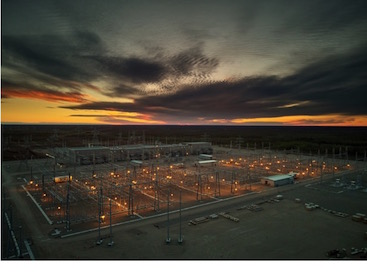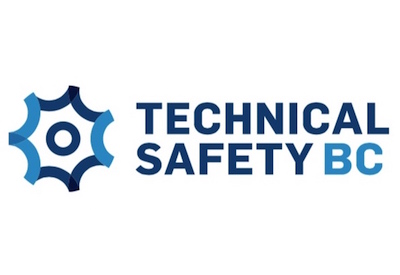More Drug-Poisoning Prevention Services For Construction Workers in B.C.

January 20, 2022
People working in the construction industry will benefit from life-saving harm-reduction training in the workplace, substance-use support groups and information on local community resources thanks to new B.C. provincial funding.
Vancouver Island Construction Association (VICA) has received a provincial grant to expand its Tailgate Toolkit project, a harm-reduction program to prevent toxic drug poisoning in B.C.’s construction industry. The project will reduce the stigma associated with substance use and raise awareness of pain management, pathways to treatment and other information about mental health and substance use. The Province is investing $1 million through the Canadian Mental Health Association, BC Division (CMHA) and the Community Action Initiative (CAI) to support this expansion.
“The toxic drug crisis continues to take lives at a tragic rate. In cases where we know where someone worked, nearly 20% of those who died worked in trades, transport or as equipment operators,” said Sheila Malcolmson, Minister of Mental Health and Addictions. “I am grateful to the Vancouver Island Construction Association and our partners for bringing the Tailgate Toolkit directly to the workplace. It will save lives and connect people to the services and support they need.”
The expanded toolkit will allow workplaces to educate staff about substance use to help prevent toxic drug deaths, as well as harm-reduction and recovery strategies and employee resources. Workers with substance-use challenges will also have access to weekly support groups facilitated by front-line workers with lived experience of substance use and working in the construction industry.
“It’s heartbreaking that so many people throughout B.C. continue to be affected by the illicit drug-poisoning crisis. It’s essential that workers and all British Columbians have access to the information and supports they need to prevent toxic drug overdose,” said Harry Bains, Minister of Labour. “The expansion of this program will ensure construction workers know the risks and feel empowered to get help when they need it.”
The toolkit will include training for managers and responders to recognize and provide support for people with substance-use and mental-health challenges, including mental-health first aid, naloxone training, pain management and more. As part of this project, construction associations throughout British Columbia, including the Vancouver Regional Construction Association (VRCA), the Southern Interior Construction Association (SICA) and the Northern Regional Construction Association (NRCA), will host dedicated harm-reduction co-ordinators. They will also provide access to print and digital resources developed in consultation with regional health authorities to highlight the harm-reduction and recovery services available to workers within and beyond their benefit packages.
“We are eager to continue the work that we have been piloting over the past year and would like to thank the Ministry of Mental Health and Addictions for entrusting the Vancouver Island Construction Association with this funding,” said Rory Kulmala, chief executive officer, Vancouver Island Construction Association. “Through the support of our membership and our industry partners, we have been able to develop a truly grassroots initiative specifically designed for our workers including access to resources and support, which they may not have realized were available to them.”
The toolkit has been developed in consultation with people with lived and living experience to ensure it is useful and relevant to people in the construction industry.
Enhancing B.C.’s response to the drug-poisoning crisis is an integral part of A Pathway to Hope, B.C.’s roadmap for building the comprehensive system of mental-health and addictions care that British Columbians deserve.
Quick Facts:
- According to the BC Coroners’ Service, between January and October 2021, 79% of those who died from suspected illicit drug toxicity were men.
- According to the 2020 Labour Force Survey, 86% of the construction workforce is male.
- VICA represents over 450 industrial/commercial/institutional construction companies, with members employing more than 4,000 individuals on Vancouver Island.
- VICA is associated with the British Columbia Construction Association and its regional construction associations, including VRCA, SICA and NRCA, which serves approximately 2,000 companies provincewide.










![Guide to the Canadian Electrical Code, Part 1[i], 26th Edition – A Road Map: Section 10 – Grounding and Bonding](https://electricalindustry.ca/wp-content/uploads/2022/11/Guide-CE-Code-2.png)





